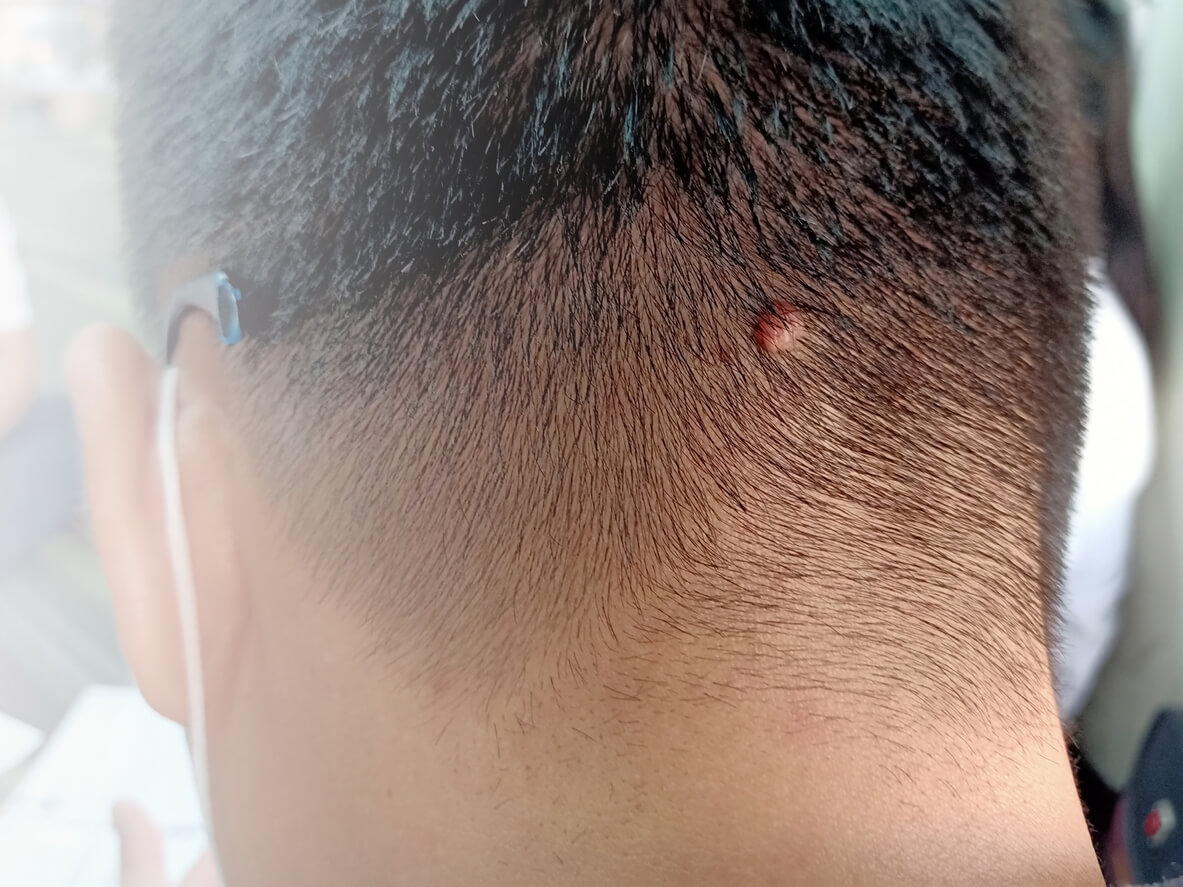Mohs micrographic surgery is a surgical technique used to treat complex skin cancers. The procedure was first developed back in the 1930s by Dr. Frederick Mohs and has advanced over the years, making it a highly effective treatment for many common types of skin cancer. Read these frequently asked questions to find out more about this advanced treatment.
What Is Mohs Surgery?
Mohs micrographic surgery is an outpatient procedure performed by specialist surgeons. The procedure is carried out in stages to progressively remove and evaluate thin layers of skin containing cancer cells until only cancer-free tissue remains. This technique aims to spare healthy tissue and leaves the smallest scar possible.
The procedure requires local anesthesia at the site of the cancer. First, the visible tumor is removed using surgical instruments. Individual layers of tissue, with a small margin around the tumor site, are then removed gradually in stages, one layer at a time. The layer of tissue is taken to a nearby lab for analysis. While the tissue is examined, the patient rests comfortably with a simple bandage in place.
During the lab analysis, each layer of tissue is divided into small sections and examined thoroughly under a microscope. The tissue is carefully mapped to allow the surgeon to identify the precise location of any cancer cells. The process is then repeated until there are no remaining cancer cells left. Once all the cancer cells have been successfully removed, the surgeon will evaluate the surgical site in order to determine the best option to repair the wound.
How Long Does Surgery Take?
Depending on the location of the tumor, Mohs surgery can be technically challenging. Typically, the procedure is completed within 1 to 5 hours, depending on the extent of the skin cancer. Each lab analysis can take around 30-45 minutes to check for cancer cells, so it is recommended that patients bring a book, cell phone, or some form of entertainment to use during this time.
How Will The Wound Be Repaired?
After all of the cancerous tissue has been removed, the surgeon will work out the best way to repair the wound in order to achieve the best possible cosmetic and functional results. This may include:
- Leaving the wound to heal naturally
- Using sutures to close the wound
- Using a skin flap from neighboring tissue to cover the wound
- Using a skin graft from a different area of the body to cover the wound
How Effective Is Mohs Surgery?
Mohs It offers the highest cure rate and allows patients to preserve as much healthy skin as possible by only removing the cancerous tissue.
This surgical technique can be particularly effective when treating skin cancer that has developed in a cosmetically or functionally important area, or in an area with limited tissue beneath, such as around the eyes, lips, ears, nose, scalp, hands, feet, or genitals.
What Cancers Can Mohs Surgery Treat?
Mohs surgery is typically used to treat the two most common skin cancers – basal cell carcinoma (BCCs) and squamous cell carcinomas (SCCs). Some surgeons have also successfully treated certain cases of melanoma using this technique. Mohs surgery is often recommended when the skin cancer:
- Is large, aggressive, or growing rapidly
- Is in a cosmetically or functionally important area or in an area with little tissue beneath it
- Has recurred after previous treatment, or has a high risk of recurrence
- Has a border that is difficult to define
What Can I Expect After Surgery?
Mohs surgery is an outpatient procedure and only uses local anesthesia, which helps to ensure a quicker recovery period. Depending on the location of the surgery, some patients may be able to drive themselves home after their procedure.
Healing time will depend on the location and extent of the cancer, but because this technique is so precise, it has the highest cure rate of any treatment method, and it can preserve the greatest amount of healthy tissue. Attending follow-up appointments and adhering to instructions regarding wound and scar care help to achieve the best outcomes.
Skin Cancer Screening and Mohs Surgery in Georgia
At Georgia Skin Cancer & Aesthetic Dermatology, our compassionate team of dermatologists and skin cancer specialists perform a range of advanced treatments, including Mohs micrographic surgery for complex skin cancers and skin cancer screening checks. We also offer a range of other general and cosmetic dermatology services to help you achieve and maintain healthy skin.
If you would like to find out more about Mohs surgery or any of our other specialties, call us today at (706) 543-5858, or alternatively, you can use our convenient online Book Appointment form.
